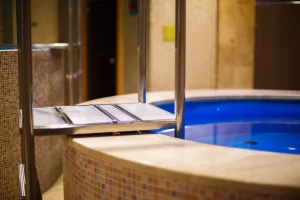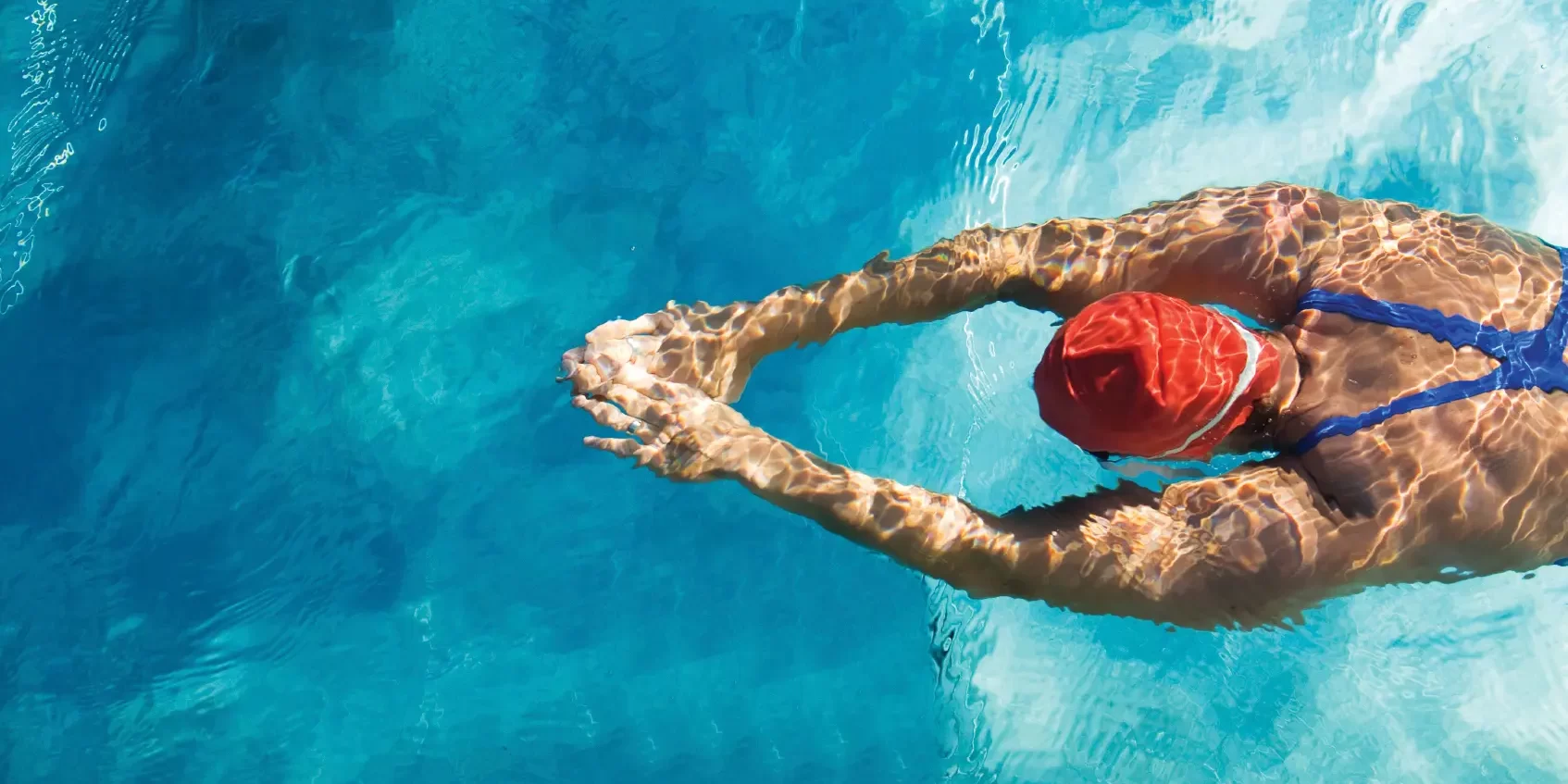Maintaining clean, safe, and pleasant water conditions is essential for recreational facilities such as swimming pools, spas, water parks, and leisure centres.
Poor water quality can lead to health risks, facility downtime, and damage to reputation.
Chlorine Dioxide (ClO₂) offers a modern, effective solution for water treatment in these environments—delivering superior disinfection performance while reducing many of the downsides associated with traditional chlorine methods.
Why Water Quality Matters in Recreational Facilities
 Waterborne pathogens, algae, and chemical by-products are ongoing challenges for operators of recreational water facilities. Bacteria such as Legionella, Pseudomonas, and E. coli can thrive in untreated or poorly managed water, leading to serious illnesses including skin infections, respiratory issues, and gastrointestinal problems. In addition, organic matter from users, such as sweat, lotions, and bodily fluids, reacts with chlorine to form unpleasant disinfection by-products (DBPs), including trihalomethanes (THMs), which are potentially harmful and can irritate skin and eyes.
Waterborne pathogens, algae, and chemical by-products are ongoing challenges for operators of recreational water facilities. Bacteria such as Legionella, Pseudomonas, and E. coli can thrive in untreated or poorly managed water, leading to serious illnesses including skin infections, respiratory issues, and gastrointestinal problems. In addition, organic matter from users, such as sweat, lotions, and bodily fluids, reacts with chlorine to form unpleasant disinfection by-products (DBPs), including trihalomethanes (THMs), which are potentially harmful and can irritate skin and eyes.
The Benefits of Chlorine Dioxide in Recreational Water
Chlorine Dioxide stands out as an advanced biocide capable of controlling a broad range of microorganisms more effectively and efficiently than traditional chlorine.
- Broad-Spectrum Disinfection
Chlorine Dioxide is effective against bacteria, viruses, protozoa, fungi, and algae. It penetrates biofilms and destroys pathogens at the cellular level, preventing regrowth and ensuring consistently safe water. - Fewer Harmful By-Products
Unlike chlorine, ClO₂ does not react with organic matter to form THMs or chloramines—common culprits behind pool odour, eye irritation, and respiratory discomfort. This results in cleaner air and water for users. - pH Stability
Traditional chlorine’s efficacy is highly dependent on water pH, often requiring adjustments for optimal disinfection. Chlorine Dioxide remains effective across a broader pH range (4–10), reducing the need for constant pH correction. - Biofilm Removal
ClO₂’s unique mode of action allows it to break down and prevent biofilm build-up in filtration systems and pipework. Biofilms can harbour dangerous bacteria and reduce the efficiency of the entire water treatment process. - Cost-Effective and Scalable
Chlorine Dioxide can be applied through automated dosing systems to suit facilities of all sizes—from small spa pools to large-scale water parks. With its low dosage requirements and long-lasting residual effects, ClO₂ provides a sustainable and economical treatment solution.
Applications in Recreational Settings
- Swimming Pools & Spas: Improves disinfection while enhancing user comfort by reducing skin and eye irritation.
- Water Parks: Maintains water clarity and safety across large, high-traffic environments.
- Interactive Water Features: Ensures safe operation of fountains, splash pads, and play areas frequented by children.
- Locker Rooms & Shower Areas: Effective surface disinfection to prevent cross-contamination and the spread of waterborne pathogens.
A Sustainable Choice
As environmental regulations and consumer expectations evolve, Chlorine Dioxide is gaining popularity for its reduced environmental impact. It decomposes into harmless by-products, supports energy-efficient treatment systems, and aligns with sustainable water management practices.
Chlorine Dioxide is revolutionising water treatment in recreational facilities by offering powerful disinfection, fewer side effects, and greater operational flexibility. Whether you’re managing a leisure centre or a large-scale water park, integrating ClO₂ into your water treatment regime can help protect public health, improve user experience, and simplify compliance with regulatory standards. For more information about how Scotmas can support your recreational water treatment needs, contact us today.






